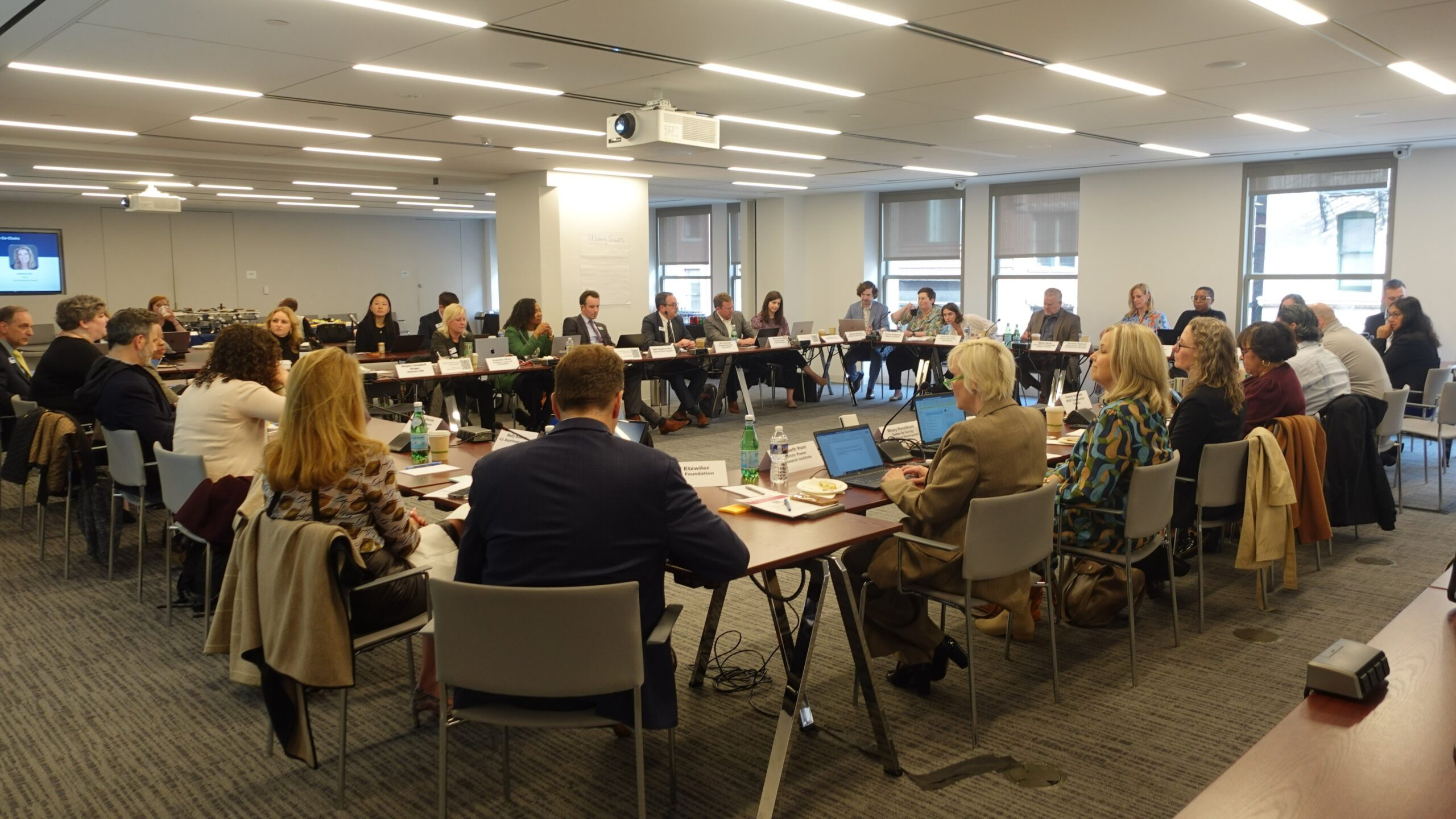Through the creative industries, states have an opportunity to create jobs, attract investments, generate tax revenues, and stimulate local economies through tourism and consumer purchases.
Arts and culture are important to state economies. Arts and culture-related industries, also known as “creative industries,” provide direct economic benefits to states and communities: They create jobs, attract investments, generate tax revenues, and stimulate local economies through tourism and consumer purchases. These industries also provide an array of other benefits, such as infusing other industries with creative insight for their products and services and preparing workers to participate in the contemporary workforce. In addition, because they enhance quality of life, the arts and culture are an important complement to community development, enriching local amenities and attracting young professionals to an area. Governors increasingly recognize the importance of the creative sector to their states’ economy and ability to compete in the global marketplace. A number of factors underscore the connection between economic competitiveness and creativity. For example:
- Creative and new media industries are growing in number and playing increasingly prominent economic and social roles;
- Companies’ decisions about where to locate their businesses often are influenced by factors such as the ready availability of a creative workforce and the quality of life available to employees;
- Arts and culture can play a major role in community development and redevelopment by creating new jobs as well as fostering an environment and amenities that attract talented young workers; and
- Tourism centered on arts and culture can contribute to state and local economic growth by providing a diversified and sustainable means for creating jobs and attracting revenue.
From the work of nonprofit arts agencies to the impact of cultural tourism, it is clear that the creative sector is important to state economies all across the country. The creative industry in Arkansas, for example, employs nearly 27,000 individuals and generates $927 million in personal income for Arkansas citizens. Creative enterprises are the state’s third largest employer—after transport and logistics and perishable and processed foods. In North Carolina, the wages and income of workers employed by creative industries infused $3.9 billion into the state’s economy in 2006. And in Massachusetts, the 17.6 percent yearly growth of the cultural sector contributed $4.23 billion to the state’s economy.
To help their states realize the full potential and economic benefits of the arts and culture sector, governors must identify the pivotal creative industries or clusters in the state. Then, they can adopt strategies that support and strengthen these industries. These include offering incentives targeted at the arts and culture sectors as well as development initiatives, entrepreneurial training, marketing programs, or public-private collaborations to encourage growth and invest in specific creative clusters. Michigan, for example, has enacted a comprehensive incentive program, which includes tax credits, designed to entice film projects to locate in the state. Kentucky offers a Craft Marketing Program that provides business and product development services to participating artists and helps market their work both inside and outside the state.
In addition, some states are encouraging collaborations between artists, designers, and product engineers in a variety of manufacturing and high-tech industries. In California, for example, The University of California Santa Cruz has partnered with local industry and the city of Santa Cruz to establish the Santa Cruz Design Innovation Center. The center’s goal is to leverage local design talent to grow design-based business and attract new businesses to the area. Such collaborations stimulate new thinking, encourage new product development, and make the most of a state’s collective creative and business resources.
The creative industries offer numerous benefits to state economies, and states have an opportunity to both improve livability and boost state and local economies by investing in the arts and culture. This report offers insights and examples from states across the country to help governors incorporate the arts and culture into state economic development strategies. In particular, this report provides governors with tips on how to understand and measure their creative industries, develop plans to capitalize on the benefits of those industries, and provide support that helps sustain the contributions of the arts and culture sector. It also
explores the arts and culture in the context of their contributions to local community development and state tourism, providing information on how states can incorporate these aspects into their overall economic development strategies.












